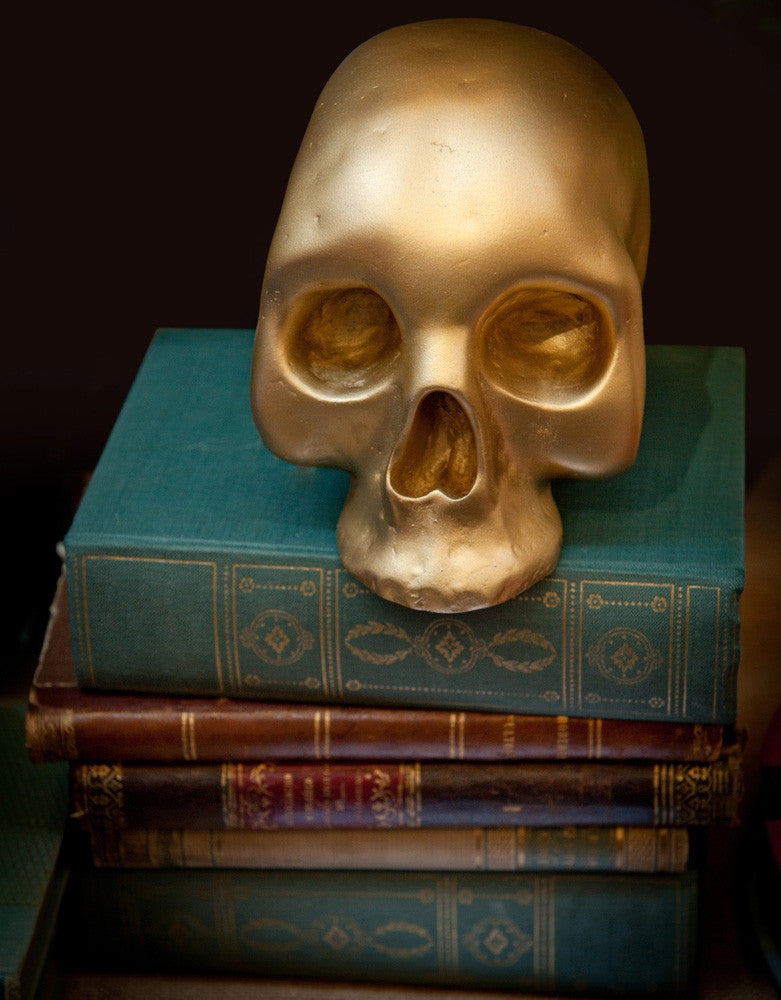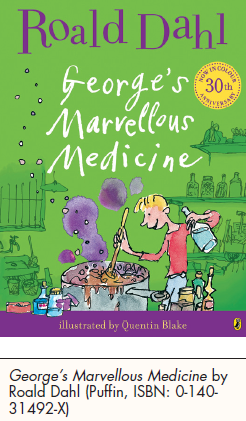
Teaching Hamlet
£14.95
It’s difficult to teach drama and not refer to Shakespeare; he is an English cultural icon and an important part of our heritage. Teaching Shakespeare in a secondary school drama lesson is beset with difficulties not the least of these are the preconceptions and prejudices of many students, who think Shakespeare is ‘posh’ drama and not for them. They also assume that it’s ‘boring’ and from their point of view they are probably correct. If you are a KS3 student who lives a world of fast-paced visual media, you are bound to find Shakespeare ‘boring’. Yet we would be doing students an educational disservice if we did not introduce them, in some way, to some of Shakespeare’s plays. At the very least, we have a duty to demystify these works, even if only a little.
Students are going to be actors and one of the functions of an actor is to turn the text on the page into action; the derivation of the two words is the same; an actor is someone who engages in action, not necessarily someone who speaks. The edited sections chosen for performance are those which focus on action rather than Shakespearean language.
Hamlet is a murder/mystery/ghost story, a genre that all students are familiar with, so it is very important at the beginning of the scheme of work that the teacher does not reveal the plot. We want to create a sense of mystery and to slowly reveal the plot.
Aims of the scheme of work:
- To outline the main characters and basic plot of Hamlet
- To treat the play as a sort of ghost/mystery/murder story
- To give students the opportunity to learn and speak the text
- To reinforce the idea that Hamlet is a play to be performed, rather than a text to be studied. This is done by focusing on staging sections from the play.
Strategies:
- The plot is not outlined at the beginning of the scheme of work but, like a murder mystery, the plot is revealed lesson by lesson
- Physical theatre forms are used to outline sections of the plot
- Sections from the play are edited so that a group of four students can learn, rehearse and perform a section in one lesson.
Number of lessons: 6




